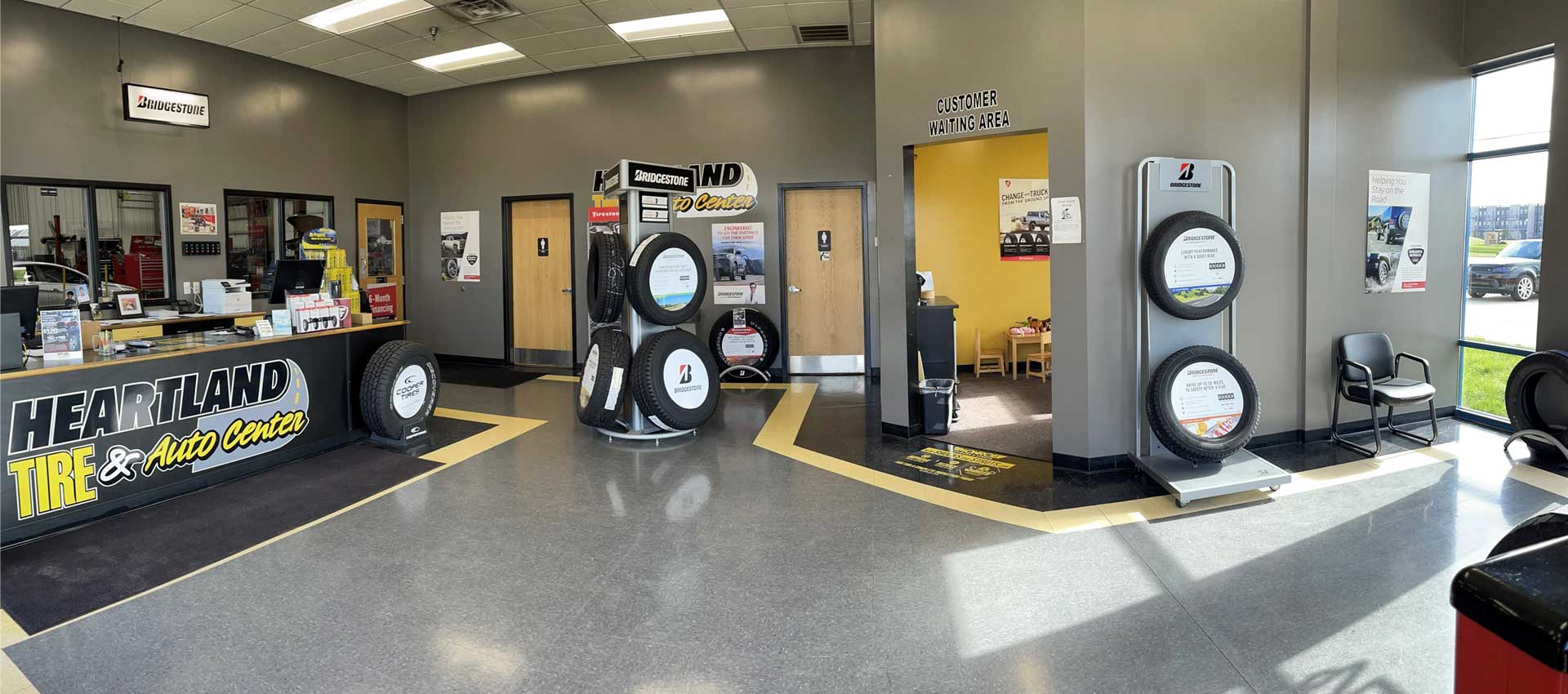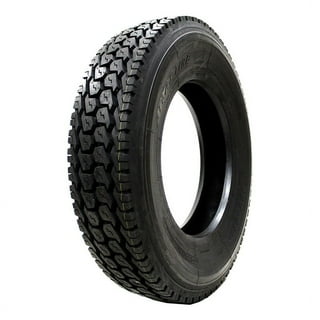Morris Tire and Alignment: Your Trusted Source for Reliable Service
Morris Tire and Alignment: Your Trusted Source for Reliable Service
Blog Article
Tire Solution: Recognizing Tire Pressure Tracking Solutions
Comprehending Tire Stress Surveillance Equipments (TPMS) is a critical element of keeping optimum car efficiency and safety and security on the road. With developments in auto technology, TPMS has become a typical attribute in contemporary vehicles, providing real-time information on tire stress degrees.

Importance of TPMS
The importance of Tire Pressure Monitoring Equipments (TPMS) depends on their capability to enhance vehicle safety and performance with real-time monitoring of tire stress degrees. Keeping the correct tire pressure is important for making certain optimal handling, stopping, and overall safety and security of a vehicle. TPMS provides chauffeurs with immediate feedback on any type of underinflated or overinflated tires, permitting prompt adjustments to be made.
Components of TPMS
Sensing units are generally situated in the tire valve stem or affixed to the wheel setting up, where they gauge tire pressure and transfer data to the control component. Some advanced TPMS models additionally show the real tire pressure analyses for each tire, providing motorists with real-time details to guarantee optimum tire efficiency and security. By keeping track of tire pressure constantly, TPMS assists protect against crashes, decreases tire wear, and enhances fuel efficiency, making it a crucial part for automobile security and performance. mopar tire service specials.
Sorts Of TPMS

On the various other hand, indirect TPMS relies upon the car's wheel speed sensors to check tire pressure. This system identifies underinflation by contrasting the rotational speeds of the wheels. Indirect TPMS is less pricey than straight TPMS, as it uses existing sensing units within the vehicle.
While straight TPMS provides a lot more precise analyses, indirect TPMS is simpler in layout and normally requires much less maintenance. Both systems have their constraints and advantages, and the choice between them frequently depends upon variables such as cost, automobile make, and individual choice. Comprehending the distinctions in between these 2 sorts of TPMS can assist automobile owners make informed decisions regarding tire maintenance and security.
TPMS Maintenance Tips
Reliable maintenance of TPMS is essential for guaranteeing optimal performance and safety of your car. Routinely inspecting the TPMS sensing units for any type of damages or rust is vital. Make certain that the sensors are clean and cost-free from particles that can conflict with their performance. Furthermore, it is a good idea to check the sensing unit batteries occasionally and change them as needed to ensure exact analyses. Conduct regular checks on the tire stress levels and compare them with the TPMS analyses to guarantee they are regular. Rectify the system adhering to the supplier's guidelines if there are any type of inconsistencies. Furthermore, you can try here throughout tire rotation or substitute, ensure that the TPMS elements are managed meticulously to avoid any type of prospective damages. If the TPMS advising light brightens on the dashboard, resolve the issue quickly by inspecting the tire stress and the overall system for any faults. By adhering to these maintenance tips, you can extend the lifespan of your TPMS and boost the safety and security of your driving experience.
Advantages of Appropriate Tire Stress
Maintaining correct tire stress, as stressed in TPMS Upkeep Tips, is vital for reaping the numerous advantages associated with optimum tire pressure degrees. In addition, correct tire pressure makes sure even tire wear, extending the lifespan of the tires and promoting much safer driving conditions. In verdict, the benefits of correct tire pressure go past simply tire long life; they include enhanced gas performance, improved safety and security, better car efficiency, and total driving comfort.
Final Thought
To conclude, recognizing tire pressure surveillance systems (TPMS) is vital for maintaining ideal tire pressure and making this page sure lorry security. By acknowledging the significance of TPMS, knowing with its parts, recognizing the different types readily available, adhering to appropriate upkeep ideas, and understanding the advantages of preserving correct tire pressure, vehicle drivers can improve their driving experience and extend the lifespan of their tires. Appropriate tire pressure is vital to risk-free and reliable vehicle operation.

Report this page